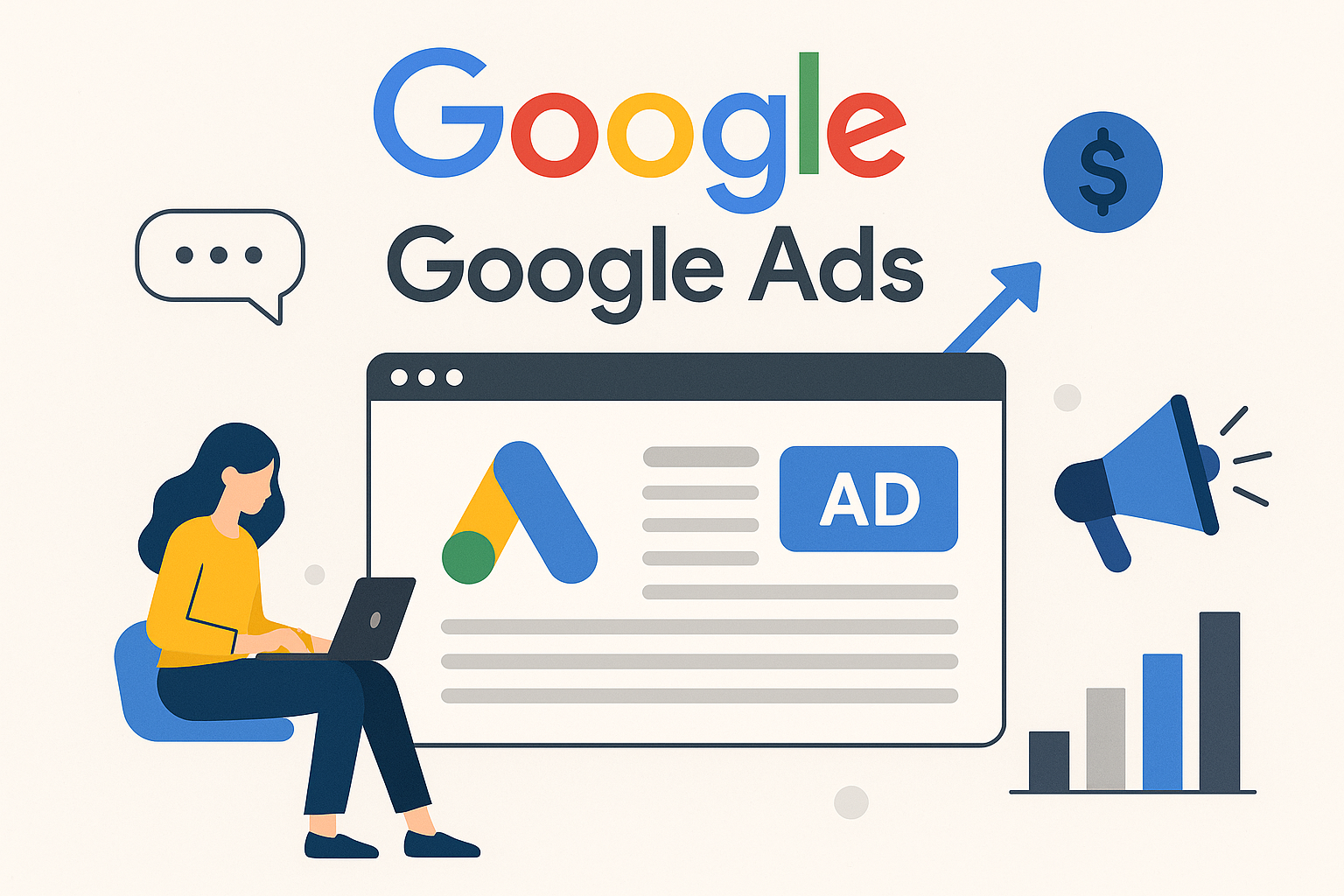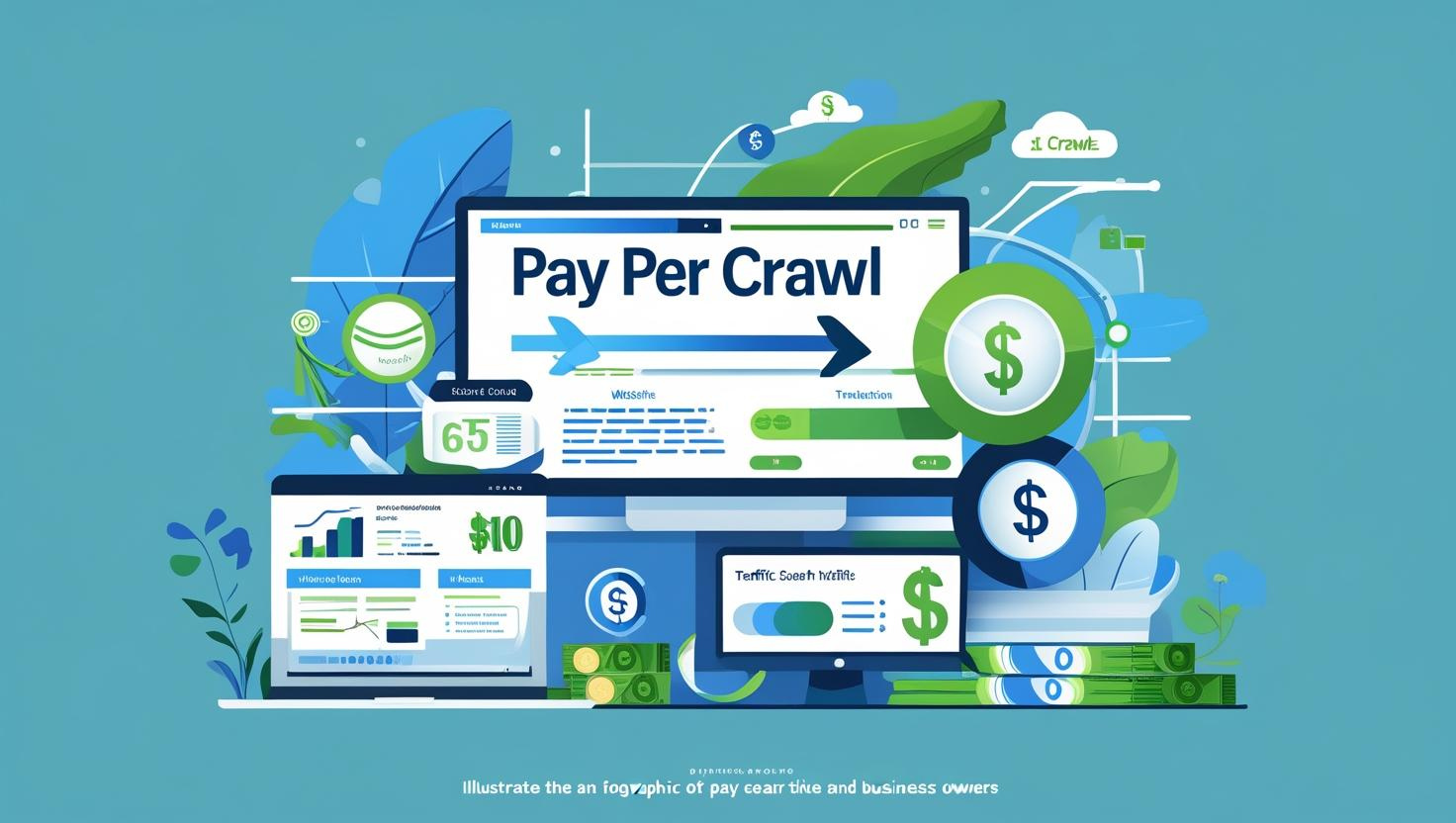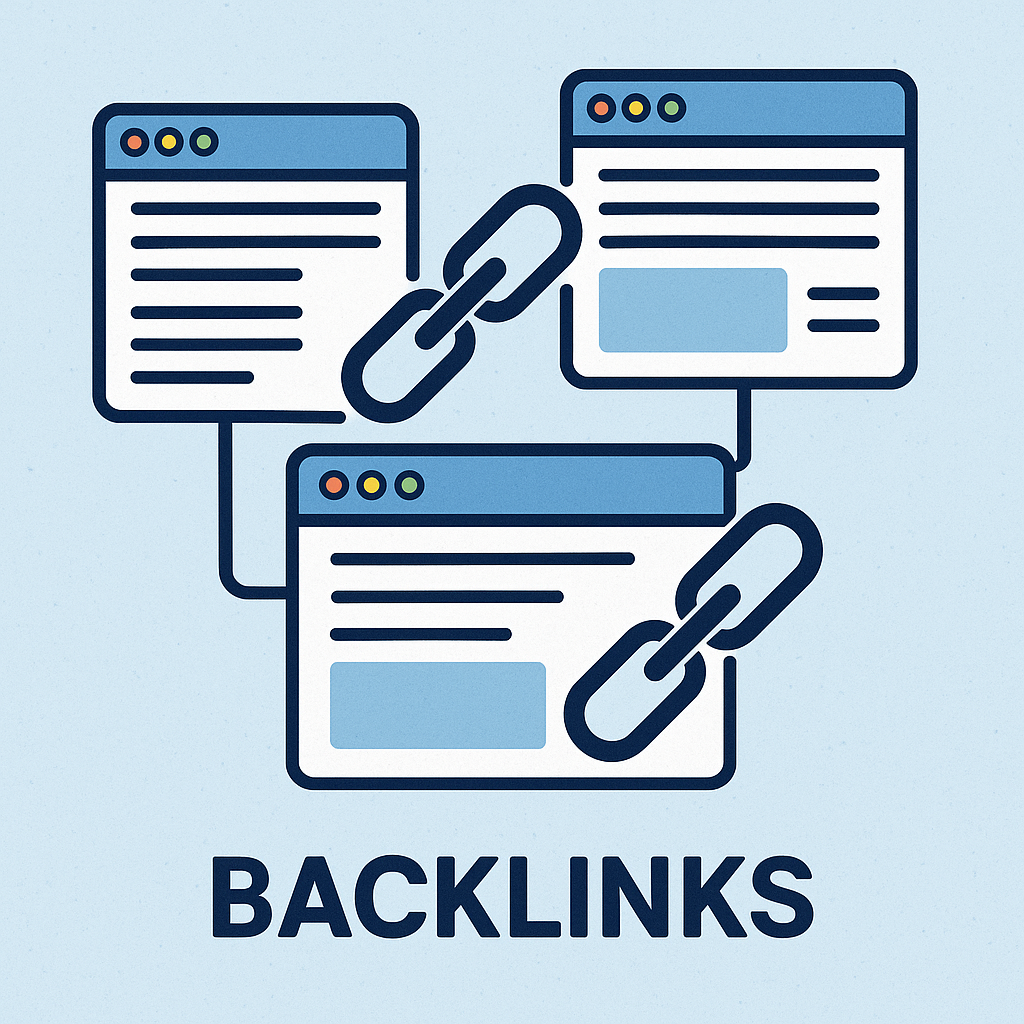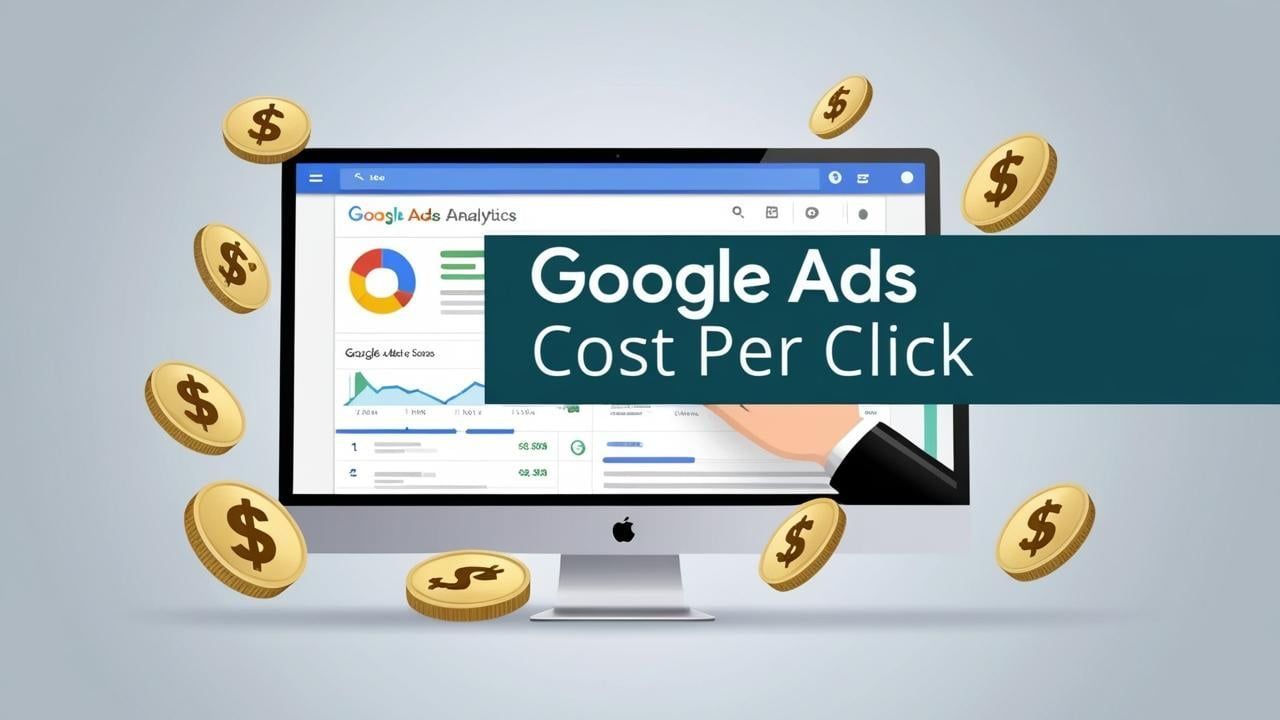What is Quality Score?
Quality Score is a diagnostic tool used in Google Ads to assess the quality and relevance of your keywords and ads. It is measured on a scale from 1 to 10, with 10 being the highest. A higher Quality Score indicates that your ad and landing page are relevant and useful to users searching for your keywords.
Components of Quality Score
To better understand how to optimize your Quality Score, it's essential to know its components:
- Expected Clickthrough Rate (CTR): This predicts how likely it is that your ad will be clicked when shown.
- Ad Relevance: This measures how closely your ad matches the intent behind a user's search.
- Landing Page Experience: This evaluates the relevance and usefulness of your landing page to people who click on your ad.
Each component plays a vital role in determining the overall Quality Score, and improvements in these areas can significantly enhance your campaign's performance.
Importance of Quality Score in Google Ads
- Ad Position: Higher scores improve your ad position, making it more visible to potential customers.
- Cost Efficiency: A high Quality Score can lower your CPC, allowing you to maximize your budget.
- Campaign Success: Better scores often lead to more clicks and conversions, improving your return on investment (ROI).
How to Improve Your Quality Score
Improving your Quality Score requires a strategic approach that focuses on enhancing each of its components. Here's a detailed guide on how to achieve this:
1. Enhance Expected Clickthrough Rate (CTR)
- Craft Compelling Ad Copy: Use engaging and persuasive language that speaks directly to your audience's needs and interests.
- Utilize Ad Extensions: Implement callouts, structured snippets, and sitelinks to provide additional information and increase clickability.
- A/B Testing: Continuously test different ad variations to identify what resonates best with your audience.
2. Boost Ad Relevance
- Keyword Alignment: Ensure that your keywords are closely aligned with your ad copy and landing page content.
- Dynamic Keyword Insertion: Use this feature to automatically update your ad text with the keyword that triggered the ad.
- Segment Campaigns: Organize your campaigns into tightly themed ad groups to maintain high relevance.
3. Optimize Landing Page Experience
- Speed and Responsiveness: Ensure your landing page loads quickly and is mobile-friendly.
- Relevance and Originality: Provide content that is directly relevant to your ad copy and offers unique value to users.
- Ease of Navigation: Simplify the navigation on your landing page to enhance the user experience.
Statistics and Data Points
To underscore the importance of Quality Score, consider these statistics:
- According to WordStream, businesses with a Quality Score of 6 or higher see a 16% reduction in CPC compared to those with a score below 5.
- Ads with a Quality Score of 8 or above achieve 100% more impressions than those with lower scores.
- Improving your Quality Score from 5 to 7 can lead to a 28% decrease in cost per acquisition (CPA).
Checklist for Optimizing Quality Score
- Conduct thorough keyword research to identify high-value keywords.
- Regularly review and refine ad copy for relevance and engagement.
- Implement ad extensions to enhance ad visibility and CTR.
- Ensure landing pages are optimized for speed, relevance, and user experience.
- Monitor Quality Score metrics regularly and adjust strategies accordingly.
- Utilize A/B testing to continuously improve ad performance.
FAQ Section
What is a good Quality Score in Google Ads?
A good Quality Score is generally considered to be 7 or higher. Scores in this range indicate that your ads, keywords, and landing pages are highly relevant and useful to users.
How often should I check my Quality Score?
It's recommended to check your Quality Score regularly, at least once a month. This helps you stay on top of changes and make necessary adjustments to your campaigns.
Can a low Quality Score affect my ad visibility?
Yes, a low Quality Score can negatively impact your ad's position and visibility, making it more expensive to achieve the desired impression share.
Conclusion
Understanding and optimizing your Quality Score is a fundamental aspect of running successful Google Ads campaigns. By focusing on improving your expected CTR, ad relevance, and landing page experience, you can enhance your ad's performance and achieve better results from your marketing efforts. Use the information, strategies, and checklist provided in this guide to take control of your Quality Score and maximize the effectiveness of your Google Ads campaigns.
With the right approach, you can turn your Quality Score into a powerful tool for driving growth and success in the competitive landscape of digital advertising.










